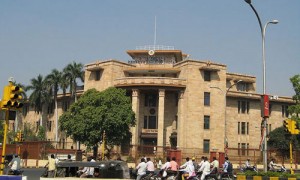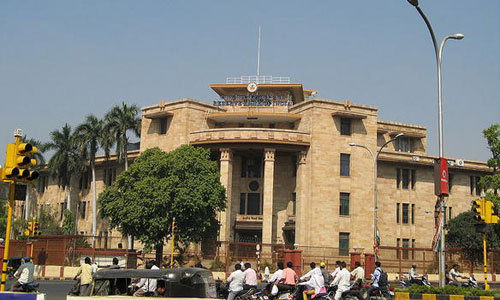 With growing urbanisation in India, nearly 85 crore people are estimated to live in cities across the country by 2050, a latest report by industry chamber CII and realty consultant Jones Lang LaSalle said.
With growing urbanisation in India, nearly 85 crore people are estimated to live in cities across the country by 2050, a latest report by industry chamber CII and realty consultant Jones Lang LaSalle said.
According to the report, urbanisation in India is growing at the fastest rate among the BRIC nations, putting a pressure on the cities.
“India is witnessing urbanisation on an unprecedented scale with the share of the urban population increasing from 28 per cent in 2001 to 31 per cent in 2011,” said the report, Indian Realty — Through the Looking Glass.
The study said that as per United Nations estimates, India has the highest urban population rate of change among the BRIC nations.
“At this rate, an estimated 843 million people will live in Indian cities by 2050, a figure which is the combined population of present day USA, Brazil, Russia, Japan and Germany,” it added.
Due to the extreme rate of urbanisation, the country’s face is changing with the fast evolving skylines, mainly in the cities, filling with skyscrapers and different types of architectures.
“Meanwhile, the smaller towns and cities are witnessing a metamorphosis through the expansion of roads and flyovers, real estate development and open areas,” the report said.
The report, prepared by JLL for CII, also said the rapid urbanisation is expected to offer large-scale opportunities for real estate and infrastructure development in the cities as well as access to a large skilled workforce.
In this light of rapid urbanisation, the report also highlighted another fact of gradually decreasing the average age of Indian population.
“It is estimated that in 2020, the average age in India will be only 29 years compared with 37 in China and the United States, 45 in Western Europe and 48 in Japan, providing immense opportunities for growth and development across industries wanting to reap this demographic dividend,” it added.
Currently, nearly 64 per cent of the Indian population is in the 15-64 working age-group and 35 per cent is in the 15-34 years age-group.
The growth in opportunities due to this rising young population will increase employment, leading to a rise in disposable incomes and consumption expenditure.





